Our Services
Explore Our Services

EFFLUENT TREATMENT PLANT (ETP)
VRIDDHI's ETP Purifies Wastewater for its reuse and releases safe water into the environment. VRIDDHI's ETP uses physical, chemical, biological, and membrane processes to treat the effluent. Each industry has a different type of Wastewater thus the process has to be customised for the client's needs
Read More
ELECTRO COAGULATION (EC)
Electro Coagulation (EC) is a broad-spectrum treatment technology that removes total suspended solids (TSS), heavy metals, emulsified oils, bacteria and other contaminants from water. EC is very effective in the removal of foodstuff wastes, oil wastes, dyes, suspended particles, chemical and mechanical polishing waste, Surface and underground water, de-fluorination of water, synthetic detergent effluents, mine wastes and heavy metal-containing solution
Read More
CHEMICAL COAGULATION
CHEMICAL COAGULATION is an essential part of drinking water and wastewater treatment. In drinking water, it is used for the clarification of water, using coagulant agents mainly for municipal water treatment. Coagulant effectiveness relies on its ability to form multi-charged poly-nuclear complexes with the enhanced adsorption characteristics. The nature of the complexes formed may be controlled by the pH of the system. Coagulation effectiveness depends on the following process variables: mixing, pH, and coagulant dose, and it is common practice to use a laboratory jar test to determine optimized values.
Read More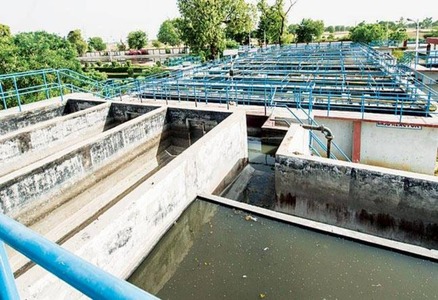
SEWAGE WATER TREATMENT (STP)
Sewage Treatment Plant (STP) is a type of wastewater treatment which aims to remove contaminants from sewage to produce an effluent that is suitable for discharge to the surrounding environment or an intended reuse application, thereby preventing water pollution from raw sewage discharges. Sewage contains wastewater from households and businesses and possibly pre-treated industrial wastewater.
Read More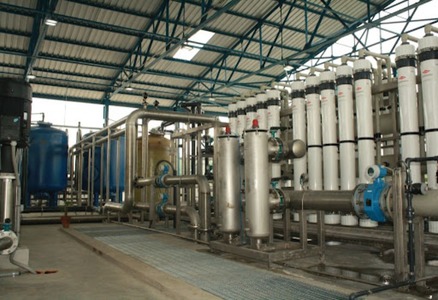
ZERO LIQUID DISCHARGE (ZLD) PLANT
Zero Liquid Discharge (ZLD) Plant refers to a treatment process in which the plant discharges no liquid effluent into surface waters, in effect completely eliminating the environmental pollution associated with treatment. Apart from this benefit, a ZLD process also makes effective use of wastewater treatment, recycling, and reuse, thereby contributing to water conservation through reduced intake of fresh water.
Read More
ULTRA-FILTERATION (UF)
Ultra-filtration would remove these larger particles, and may remove some viruses. A microfiltration filter has a pore size around 0.1 micron, so when water undergoes microfiltration, many microorganisms are removed, but viruses remain in the water. Neither microfiltration nor ultrafiltration can remove dissolved substances unless they are first adsorbed (with activated carbon) or coagulated (with alum or iron salts).
Read More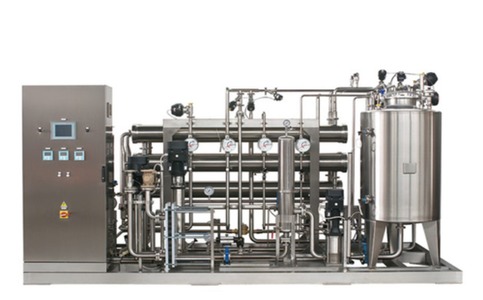
NANO-FILTERATION (NF)
Nano-filtration removes most organic molecules, nearly all viruses, most of the natural organic matter and a range of salts. A Nano-filtration filter has a pore size around 0.001 micron. Nano-filtration removes divalent ions, which make water hard, so Nano-filtration is often used to soften hard water.
Read More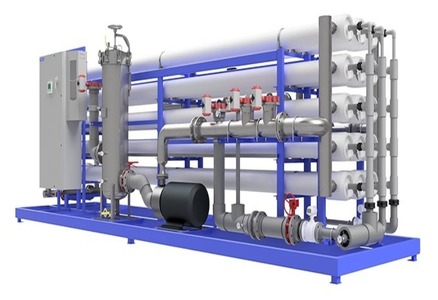
INDUSTRIAL REVERSE OSMOSIS PLANT
VRIDDHI offers a wide range of RO Plants or Reverse Osmosis plants or solution to cater the water-related needs in India. The RO plants or solutions has been diversified into 3 categories as per the usage and requirements of the market: Residential RO plants or systems Industrial RO plants or systems Commercial RO plants or systems
Read More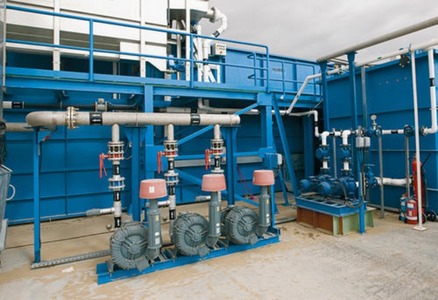
MOVING BED BIOFILM REACTOR (MBBR)
MOVING BED BIOFILM REACTOR (MBBR) is a biological technology used for wastewater treatment process suitable for municipal and industrial application. MBBR offer an economical solution for wastewater treatment. MBBR wastewater treatment system enables efficient results of the disposal using low energy. The technology is used to separate organic substances, nitrification and denitrification. MBBR design is made of an activated sludge aeration system. The sludge is collected on the plastic carriers which have a large internal surface area. The surface area in the carriers optimizes the contact of water, air, and the bacteria. MBBR activated sludge is the application of MBBR media to an overloaded treatment plant when upgrading.
Read More
